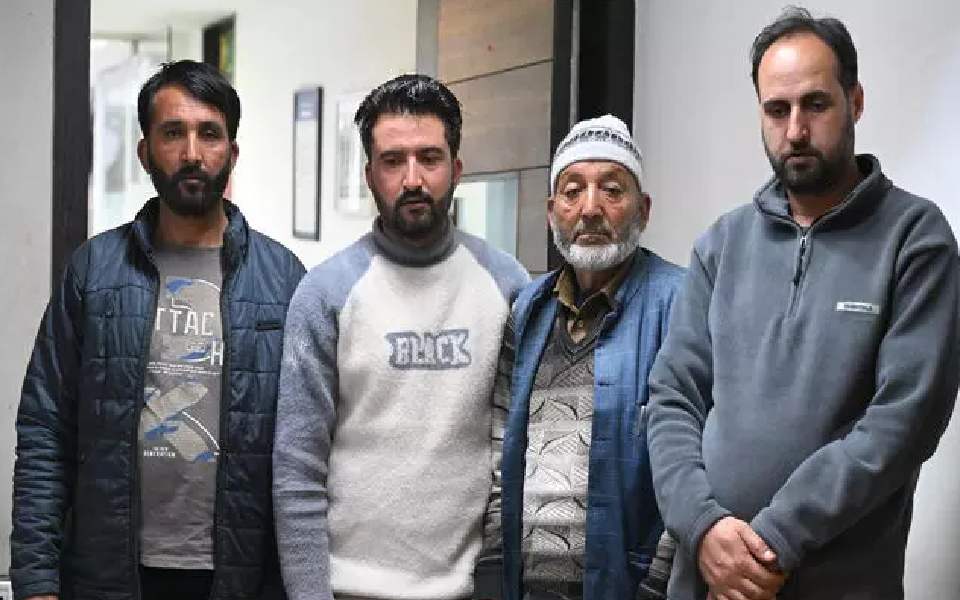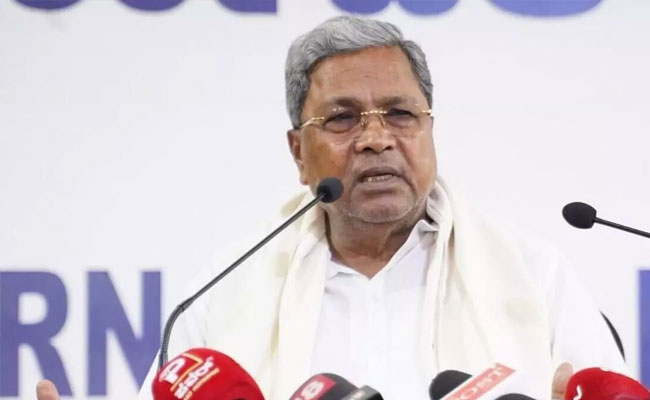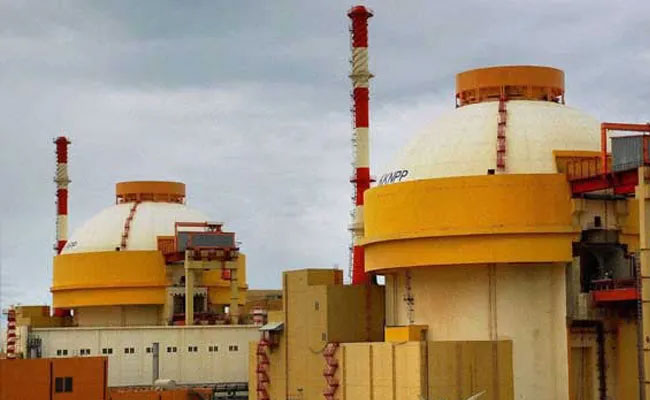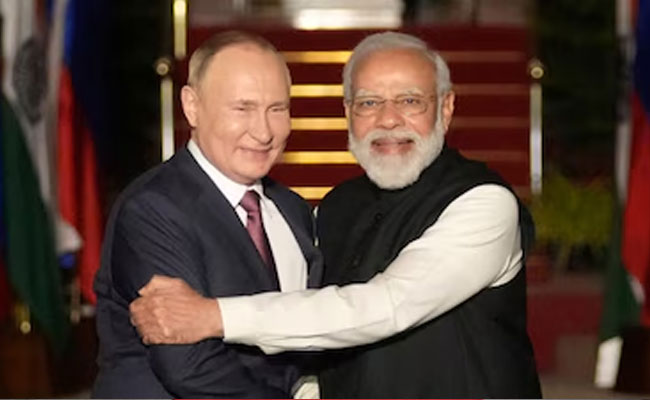New Delhi: In a concerning development, several Indians who were illegally enlisted in the Russian Army and forcibly sent to the war zone on the Russia-Ukraine border are reportedly still missing.
According to a report published by The Hindu on Sunday, citing communication from the Ministry of External Affairs and statements from the families of two missing men, Mohammad Amin Sheikh, a 65-year-old resident of Kupwara in Tangdhar, Jammu and Kashmir, said that his 27-year-old son, Zahoor Sheikh, last contacted the family on December 31, 2023.
Amin Sheikh mentioned that his son said that he was going for training and would not be available for the next three months on phone. “But when we started getting news about the deaths of Indians in Russia in January, we got worried and called on his number. We could not reach him. We are yet to hear from him,” Sheikh, a retired Inspector from the Public Health Department in Jammu and Kashmir, was quoted as saying by the publication.
Last week, Mohammad Amin Sheikh and his two other sons travelled to New Delhi to seek answers from the Ministry of External Affairs and the Russian Embassy after the Indian Embassy in Moscow failed to give them information about Zahoor Sheikh.
“We submitted a petition at the Russian Embassy,” 31-year-old Aijaz Amin, Zahoor Sheikh’s elder brother, told The Hindu. “They said they are looking into the matter. The MEA officials said that at least 15 Indians are still missing and though the Russian government is cooperative, their commanders on the ground are not responsive,” he added.
Zahoor had travelled to Russia after he came across a YouTube video promising the job of a security helper in Russia. Instead, he was reportedly deceived into joining the Russian Army.
Similarly, 30-year-old Mandeep, from Jalandhar in Punjab, has been missing since March. His brother, Jagdeep Kumar, also arrived in Delhi, looking for answers from the government about his sibling's whereabouts.
“We last spoke on March 3. He initially went to Armenia and was supposed to go to Italy from there in search of work. Instead, he was tricked by an agent to go to Russia and was forced to join the Russian Army. He was sent to the war zone after a few days of training,” Kumar told The Hindu.
Kumar said he met officials from the External Affairs Ministry in the capital city, who told him that at least 25 Indians were reported missing in Russia.
Let the Truth be known. If you read VB and like VB, please be a VB Supporter and Help us deliver the Truth to one and all.
Bengaluru (PTI): Karnataka Chief Minister Siddaramaiah on Thursday refuted BJP leader R Ashoka's accusation regarding a judge's alleged remark about "63 per cent corruption" in the state, saying the opposition is "twisting facts" and attempting to shift blame from its own past tenure.
In a post on X, Siddaramaiah said the Leader of Opposition in the Karnataka Assembly had “tried to hang the BJP’s bell of sins around the Congress government's necks and has ended up embarrassing himself” by misinterpreting the Upa Lokayukta’s comments.
"In the report submitted in November 2019, Honourable Upa Lokayukta B Veerappa had stated that there was 63 per cent corruption in the State. At the time he submitted the report, the BJP government led by Yediyurappa was in power in the State,” he clarified.
Countering Ashoka’s demand for a CBI probe, Siddaramaiah listed a series of scandals under the previous BJP government, saying corruption cases were "not just one or two".
ALSO READ: Karnataka cabinet approves draft bills on hate crime, social boycott
He accused the former regime of "shameless loot" even during the COVID crisis and said "a minimum 40 per cent commission was the norm across departments".
Referring to the death of contractor Santosh Patil, alleged irregularities in irrigation projects, the PSI recruitment scam and charges levelled by BJP MLC H Vishwanath against current state party president B Y Vijayendra, he said: “If we begin listing the scams from the BJP era, an entire epic volume could be written.”
Targetting the Centre, Siddaramaiah said under Prime Minister Narendra Modi, who proclaims “Na khaaoonga, na khaane doonga” (Neither shall I take kickbacks, nor allow others to take it), India was 'sinking into corruption'.
He cited Transparency International rankings that place the country 96th globally.
Dismissing Ashoka’s claims as “foolishness”, Siddaramaiah asserted that his administration was ensuring transparency in “recruitment to transfers”, preventing misuse of money and power.
“Mr R Ashoka, the monumental corruption you created cannot be cleaned up in just two and a half years,” the Chief Minister said. “Give us some time — we will set everything right.”
Ashoka demanded the transfer of all corruption cases against the Congress government in the state to the CBI, and called for its resignation.
ALSO READ: September 13 to be announced as ‘Women Employees’ Day’, says CM Siddaramaiah
His demand comes following an alleged remark by Upalokayukta Justice B Veerappa that the level of corruption in Karnataka stood at '63 per cent'.
"We had fought against this corrupt government both inside and outside the assembly when the MUDA scam, Valmiki ST Development Corporation scam surfaced. At that time, CM Siddaramaiah repeatedly asked for evidence of corruption. As per our constitution, courts and judges hold big positions and what they say is regarded as order or a record," Ashoka, also the Leader of Opposition in the state assembly, said.
Speaking to reporters here, he said now a judge has stated that the government in Karnataka is "63 per cent corrupt".
"We-- BJP-- had made a 60 per cent commission charge against this government, but a judge has said it is not 60, it is 63 per cent. He (judge) said it at an event where he shared the stage with other judges and senior advocates. He has alleged that there is corruption in almost all departments, nothing happens without paying commission. Karnataka is in fifth position in corruption," he claimed.
At a public event on Wednesday, Justice Veerappa had claimed that the corruption in Kerala stood at 10 per cent, while it is 63 per cent in Karnataka.
He had said that he was able to witness it after becoming the Upalokayukta.
ALSO READ: Karnataka govt permits poultry feed producers to buy maize from farmers
Recalling that the Congress government, after coming to power, formed a Special Investigation Team (SIT) to probe the "40 per cent commission" charge it had made against the previous BJP government, Ashoka asked -- what probe will the government order, following the 63 per cent corruption allegation against it.
"If you have any shame left, resign and go... you formed SIT against us, constitute CBI probe on this (allegations against Congress govt), if you have guts, let the corruption in various departments come out in the open," he added.
According to the LoP, Karnataka has become an "ATM" for the Congress party to fund any state elections. Power goes to those who give more money to Sonia Gandhi and Rahul Gandhi.
"For the recent Bihar elections, more than Rs 300 crore has gone from Karnataka itself. A breakfast meeting of Ministers was called to collect this money," he said, adding that Congress is synonymous with corruption, and corruption is Congress' home deity.





